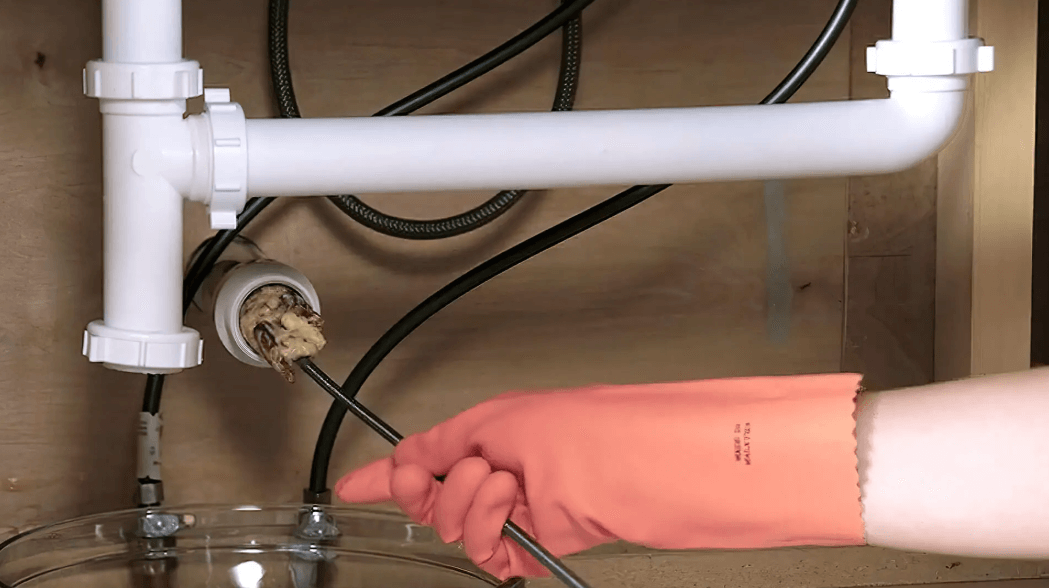As automobiles become more and more complex, car manufacturers are turning to automation to keep up with the demand. Robotics and other forms of automation are being used to build cars, which is changing the manufacturing process. Learn more about how car manufacturing is becoming increasingly automated in this article.
The history of car manufacturing and the rise of automation
The automotive industry has come a long way since the first cars were produced in the late 19th century. Today, there are dozens of major car manufacturers worldwide, and cars have become an essential part of modern life. The rise of the automotive industry is closely linked to the history of industrialization and the development of new technologies.

In the early days of car production, all manufacturing was done by hand, which made cars prohibitively expensive for most people. However, as new production methods were developed, including the assembly line and mass production, the cost of cars gradually decreased.
Automation has revolutionized car manufacturing in recent years, with robots now performing many of the tasks humans previously did. This has led to even lower costs and higher quality control. As a result, cars are now more affordable and reliable than ever.
The benefits of automated car manufacturing
Automated car manufacturing is a process that involves the use of robots to build cars. This type of manufacturing has many benefits, including increased efficiency and safety. One of the most significant advantages of automated car manufacturing is that it reduces the need for human labor. This not only reduces production costs but also helps ensure that cars are built correctly.
In addition, automated car manufacturing is much faster than traditional methods, meaning that more cars can be produced in a shorter time frame. The increased production speed also means fewer defects are likely to occur. As a result, automated car manufacturing is an increasingly popular choice for car manufacturers.
How automated car manufacturing is changing the automotive industry
The automotive industry is in the midst of a significant shift. For years, cars have been manufactured through a labor-intensive process that requires a high degree of human coordination. However, technological advances are now making it possible to automate many of the tasks involved in car production. This shift to automated manufacturing has profoundly impacted the industry, touching everything from how cars are designed to how they are assembled.
One of the most significant changes is how cars are being designed. In the past, car designers would work closely with engineers and assembly line workers to ensure that their designs could be effectively turned into reality. However, with automated manufacturing, designers now have much more freedom to experiment with new ideas and concepts. As a result, we are seeing a wave of innovative new car designs that would have been impossible to produce using traditional methods.
In addition, automated manufacturing is making it possible to produce cars much more quickly and efficiently. By reducing the need for human coordination, automated factories can churn out cars faster. This leads to shorter lead times for new car models and reduced costs for manufacturers. In the long run, these changes will make it easier and cheaper for consumers to get their hands on the latest and greatest car models.
Overall, automated car manufacturing has a transformative effect on the automotive industry. Enhancing efficiency and freeing designers to experiment is paving the way for a new era of car design and product innovation.
The future of car manufacturing and its potential for automation
The automotive industry is at crossroads. In the wake of the COVID-19 pandemic, sales of new vehicles have plummeted, and factories worldwide have been forced to shutter their doors. As the industry looks to rebound, manufacturers are grappling with many challenges, including the need to reduce costs and improve efficiency. One solution that is gaining traction is automation.
Automation has long been used in car manufacturing, but it has typically been limited to tasks considered “dangerous” or “dirty,” such as welding and painting. However, technological advances have made it possible to automate various tasks, from assembly and inspection to material handling and logistics. Automation can not only help reduce labor costs, but it can also improve quality control and increase efficiency.
any factors will shape the future of car manufacturing, but automation will likely play a significant role. As manufacturers seek to reduce costs and improve efficiency, we will see more and more automated tasks. This could reduce the overall number of jobs in the automotive industry, but it could also create new opportunities for those willing to adapt and learn new skills.
At the end of the day
As car manufacturing becomes increasingly automated, the industry needs to train a new generation of workers who are comfortable with technology and have the skills necessary to work in a factory setting. Automation has the potential to revolutionize the car manufacturing industry.








